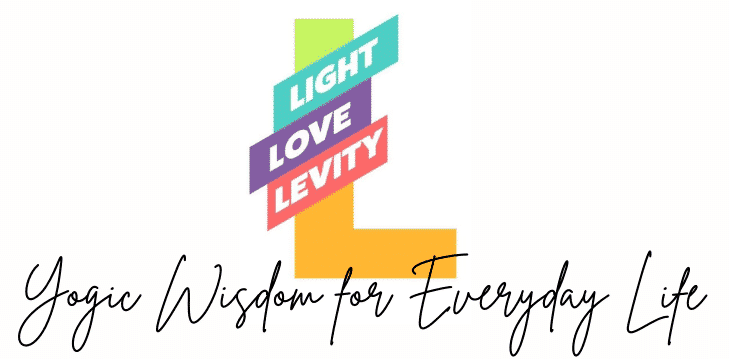Understanding the benefits of different yoga practices is the first step in creating a practice. Not everyone wants to wrap their body like a pretzel, and that’s okay. There are many types of yoga that incorporate different techniques and philosophies. It’s worth noting that some types of yoga are more physically demanding, while others focus more on meditation and relaxation. It’s essential to choose a type of yoga that aligns with your goals and physical abilities. Yoga is an ancient practice that has evolved over thousands of years. As a result, there are many different types of yoga. Each type of yoga has its unique set of techniques, philosophies, and benefits.
The Benefits of Your Practice
There are numerous benefits to practicing yoga. The experience you have can vary depending on the specific style of yoga being practiced. From a yoga student’s perspective, some of the benefits of different yoga practices may include:
-
Improved flexibility and strength
- Many styles of yoga involve stretching and strengthening the muscles, which can help increase flexibility and overall strength.
-
Reduced stress and anxiety
- Yoga often involves deep breathing and relaxation techniques, which can help reduce stress and anxiety and improve overall mental health.
-
Increased mindfulness and self-awareness
- Yoga encourages students to focus on their breath and be present in the moment, which can help increase mindfulness and self-awareness.
-
Better sleep
- Practicing yoga can help improve the quality of sleep, making it easier to fall asleep and stay asleep throughout the night.
-
Improved physical and mental health
- Regular yoga practice has been linked to a number of physical and mental health benefits, including improved cardiovascular health, better digestion, and reduced symptoms of depression and anxiety.
In terms of mindset, students should come to the mat with an open and curious mindset, willing to explore and learn about their bodies and minds. It’s important to set aside any distractions or worries and be fully present in the moment, focusing on the breath and the sensations in the body. Students should also be patient and compassionate with themselves, recognizing that yoga is a practice and progress takes time. Finally, students should approach their practice with a sense of curiosity and playfulness, allowing themselves to explore different poses and variations without judgment or expectation.
Some popular types of yoga include:
-
Hatha Yoga
- This is the most widely practiced type of yoga and is a good option for beginners. It focuses on postures (asanas) and breathing techniques (pranayama) to build strength, flexibility, and balance.
-
Vinyasa Yoga
- This type of yoga is more dynamic and flow-based, with movements that are synchronized with the breath. It can be more physically demanding than Hatha Yoga, and it’s a good option for those who want to work up a sweat.
-
Ashtanga Yoga
- Ashtanga is a more structured and physically demanding type of yoga that follows a set sequence of postures. It’s a great choice for more experienced yogis who are looking for a more challenging practice.
-
Iyengar Yoga
- This type of yoga focuses on alignment and precision in postures. By using props like blocks and straps to help students achieve proper alignment. It’s a good option for those recovering from injuries or with limited mobility.
-
Kundalini Yoga
- Kundalini Yoga focuses on breathing techniques, meditation, and chanting to awaken the energy at the base of the spine and promote spiritual growth.
-
Restorative Yoga
- This type of yoga is all about relaxation and restoration. It uses props like bolsters and blankets to support the body in gentle postures, allowing for deep relaxation and stress relief.
-
Yin yoga
- Yin yoga is a slow and meditative form of yoga. It involves holding passive stretches for several minutes at a time. It helps to release tension and increase flexibility in the connective tissues of the body.
It’s important to note that each type of yoga has its own benefits and challenges. Before you go to class, it’s essential to choose a type of yoga that aligns with your goals and physical abilities. If you’re new to yoga, start with a beginner-friendly class and work your way up as you become more comfortable and confident in your practice. These are just a few examples of the many types of yoga practices that are available. Each type of yoga has its own benefits and can be tailored to meet the needs and goals of individual practitioners. Therefore, if you arrive with an open mind, the possibilities are endless. All forms of yoga are beneficial, the benefits of different yoga practices are yours to choose. If you’d like, check out these basic yoga asana poses and see what feels good in your body. Find what works for you.

